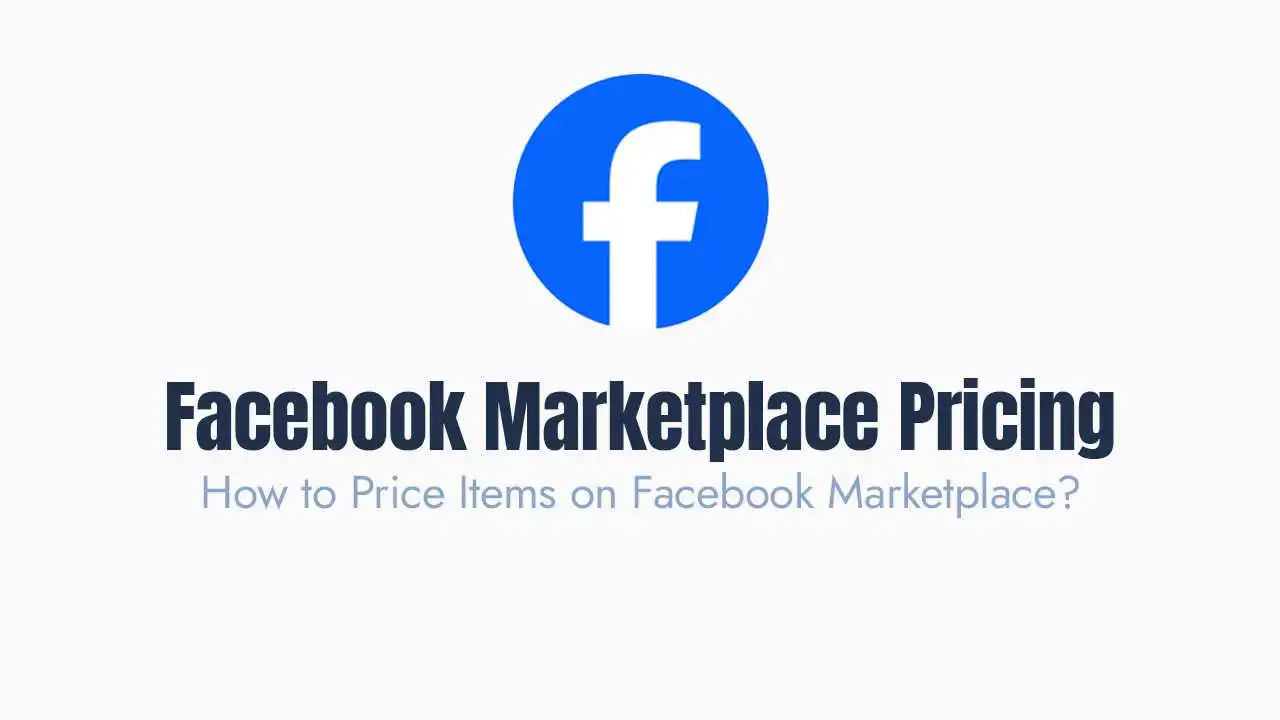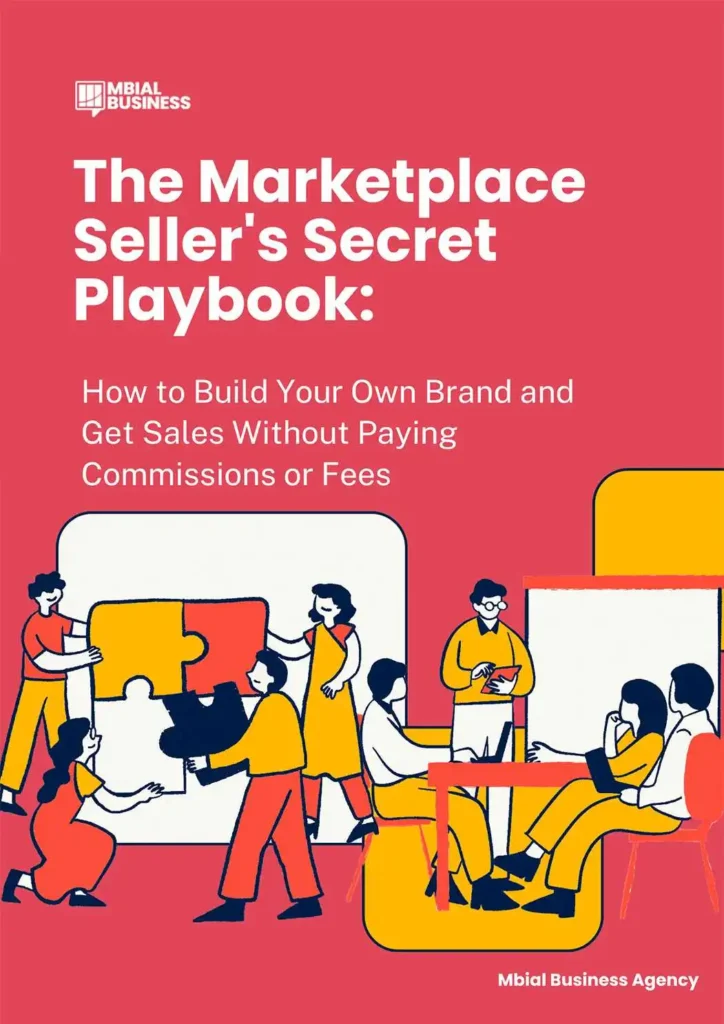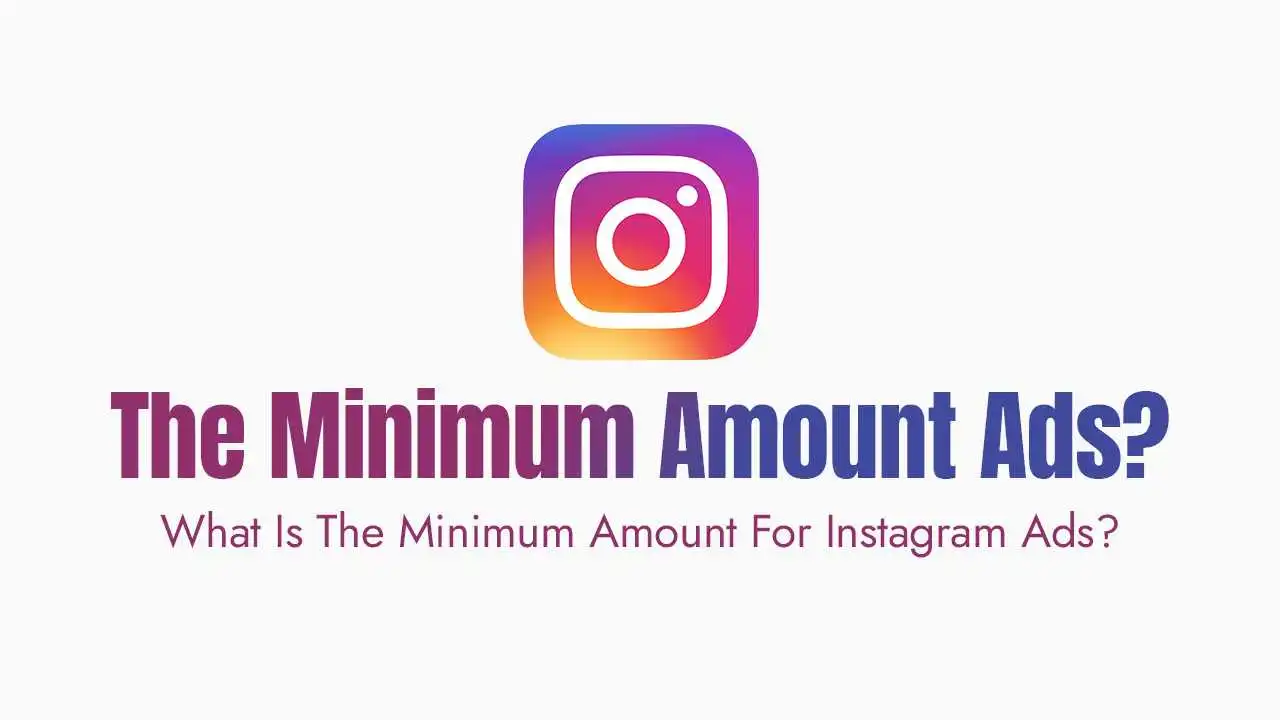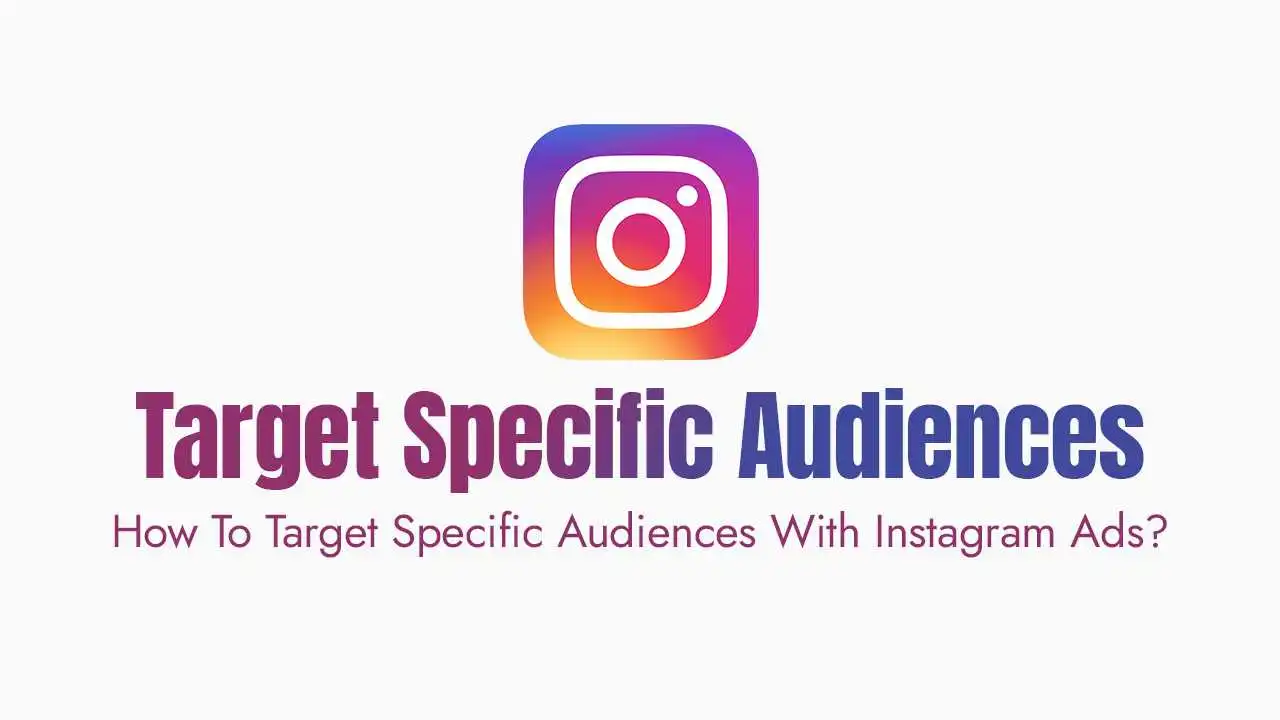You’ve got your item perfectly photographed, a compelling description written, and your listing is live on Facebook Marketplace. But then comes the crucial question: What’s the right price? Pricing an item too high means it might sit unsold for weeks; price it too low, and you leave money on the table.
Why Pricing Matters So Much on Marketplace?
Visibility: Fairly priced items get more clicks and inquiries.
Attracting Buyers: A well-priced item can stand out among similar listings.
Profitability: Ensures you cover your costs and make a reasonable profit.
Sales Velocity: The right price gets items moving quickly, preventing listing fatigue.
Get your FREE copy of “The Marketplace Seller’s Secret Playbook” and unlock the hidden strategies to:
Key Factors Influencing Your Marketplace Price
1. Item Condition:
New (NIB/NWT): New in Box/New with Tags will fetch the highest price, often a small discount from retail.
Like New: Used but looks and functions perfectly, minimal signs of wear.
Used – Good: Noticeable wear but fully functional.
Used – Fair: Significant wear, possible minor cosmetic flaws, but still usable.
Flaws/Damage: Be honest and transparent about any defects, and price accordingly. These items will always fetch less.
2. Market Demand & Local Trends:
Is your item currently popular? Are many people searching for it in your area?
Seasonality plays a big role (e.g., winter coats in summer will sell for less).
What’s the local demand like? What sells well in your specific city or neighborhood?
3. Competition: Research Similar Listings:
Always search Marketplace: Look for identical or very similar items currently listed in your local area. Note their condition, price, and how long they’ve been listed.
Check “Sold” Listings (if possible): Some platforms (like eBay) show sold prices, which is the most accurate indicator of what people actually pay. While Marketplace doesn’t always show this, you can infer by how quickly similar items disappear.
Cross-Reference Other Platforms: Briefly check Craigslist, local buy/sell groups, or even eBay (adjusting for shipping/fees) for a broader market view.
4. Desired Speed of Sale (How Fast Do You Want It Gone?):
Quick Sale: If you want it gone today or tomorrow, price it aggressively low, slightly below the average market rate.
Max Profit: If you’re willing to wait for the right buyer, you can price slightly above average, leaving room for negotiation.
5. Facebook Marketplace Fees (Local vs. Shipping):
Local Pickup: Currently, Facebook Marketplace does not charge a selling fee for items sold via local pickup. This means more profit for you, allowing you to price more competitively.
Shipped Items: If you offer shipping through Marketplace’s integrated system, Facebook charges a selling fee (currently 10% of the sale price, or a minimum of $0.80 for items $8 or less). Factor this fee into your price if you intend to ship.
Effective Pricing Strategies for Marketplace Sellers:
1. Competitive Pricing (The Baseline):
2. The Negotiation Buffer (The Haggling Factor):
Buyers on Marketplace expect to negotiate. Price your item 10-20% higher than your absolute minimum acceptable price. This gives buyers the satisfaction of “getting a deal” and ensures you still reach your target.
Example: If you want $80, list it at $90-$100.
3. Psychological Pricing:
Ending prices with “.99” (e.g., $49.99 instead of $50) can make an item seem slightly cheaper.
Round numbers are also fine and often preferred for local pickup (e.g., $50, $100).
4. Bundle Pricing:
5. Cost-Plus Pricing (For Small Businesses/Handmade Goods):
6. "OBO" (Or Best Offer) or "Firm" Designations:
“OBO”: Indicates you’re open to negotiation. Great if you have a negotiation buffer.
“Firm”: Tells buyers the price is non-negotiable. Use this if you’ve priced it to sell quickly at your absolute minimum and don’t want to haggle. Be prepared for fewer inquiries.
Boost Your Listing's Perceived Value:
High-Quality Photos: Well-lit, clear photos from multiple angles are non-negotiable. Show any flaws honestly.
Detailed & Honest Description: Include brand, model, dimensions, condition, reason for selling, and features. Honesty builds trust.
Prompt Communication: Respond quickly and politely to inquiries. Buyers move fast.
Offer Flexibility: If possible, offer flexible pickup times or consider local delivery for an extra fee (or built into the price).
Monitoring & Adjusting Your Price:
Track Engagement: If you’re getting many views but no messages, your price might be too high. If you’re getting tons of messages but lowball offers, your price might be just right for negotiation, or still a bit high.
Adjust Gradually: If an item isn’t selling after a few days, try dropping the price by 5-10%. Avoid drastic cuts unless you need it gone immediately.
Refresh Your Listing: If your item hasn’t sold after a week and you’ve tried adjusting the price, consider using the “Renew” or “Mark as Available” option to push it back to the top of feeds (if eligible).






